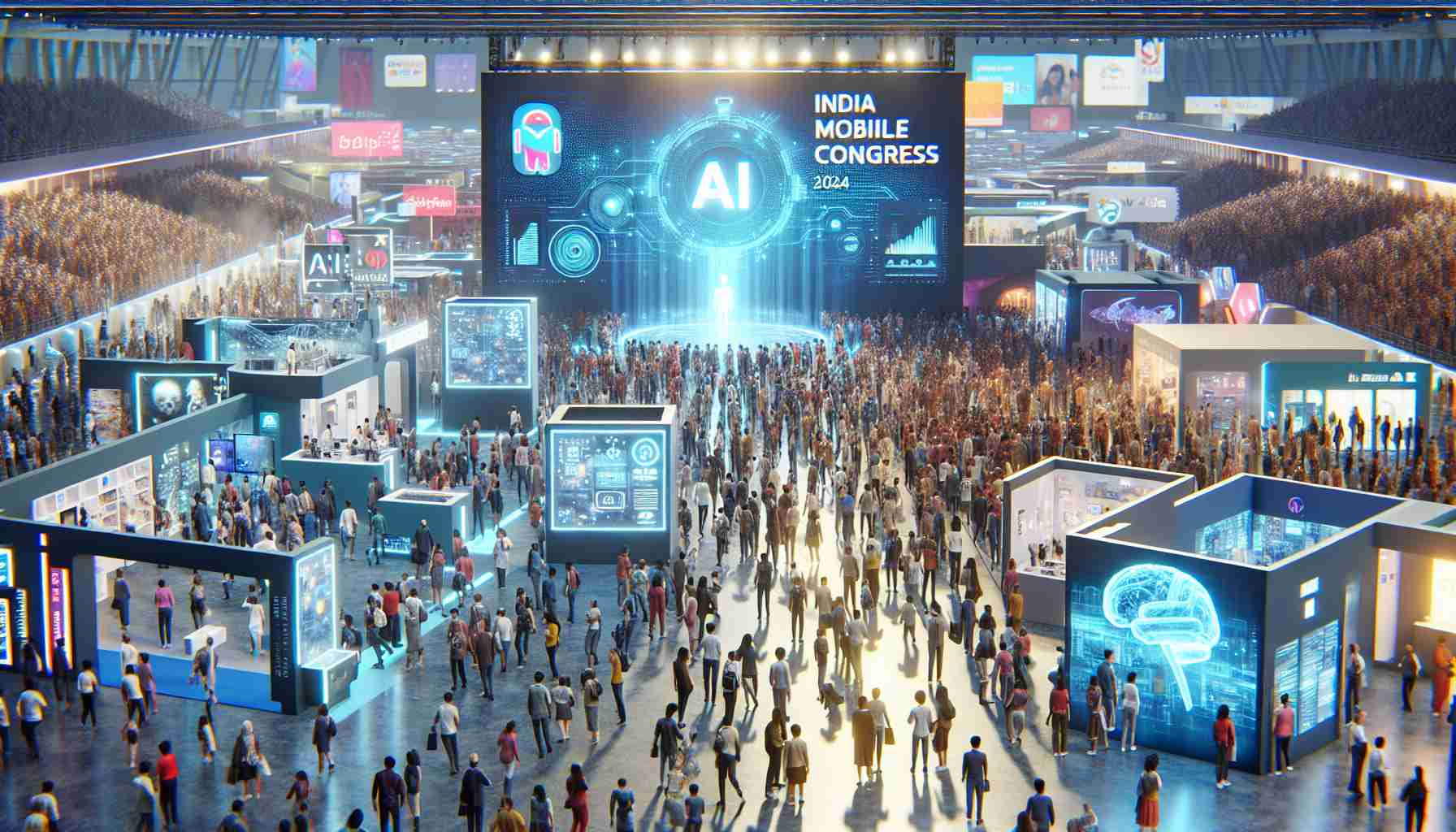The Rise of Nvidia
Nvidia has emerged as a stock market superstar, witnessing a staggering price surge of 141% over the last year and ballooning its market capitalization to an impressive $3.37 trillion. While this meteoric rise has garnered widespread attention, there are valid concerns about the sustainability of such growth moving forward.
What Fueled the Surge?
The explosive expansion of artificial intelligence (AI) has been a pivotal driver behind Nvidia’s success. Their graphic processing units (GPUs) are essential in the training and deployment of AI models, particularly in the booming arena of generative AI, which includes applications like OpenAI’s ChatGPT. As businesses heavily invest in AI infrastructure, Nvidia has positioned itself as the premier supplier in this competitive landscape.
The financial results reflect this trend, with the company reporting remarkable quarterly revenue of $35.08 billion in November, marking an astounding 94% increase compared to the previous year.
The Challenge Ahead
Looking ahead, Nvidia may face difficulties in sustaining its growth trajectory. With revenue expectations set at such dizzying heights, even modest gains could be viewed with skepticism. For instance, if a future quarter shows a mere 10% growth, the reaction from investors could be one of disappointment.
Despite the stock appearing expensive with a price-to-earnings ratio of 54, Nvidia remains a unique entity in the AI sector. While it possesses substantial growth potential, investors might find more appealing options currently available in the market.
The Broader Implications of Nvidia’s Success
Nvidia’s extraordinary rise is more than a corporate triumph; it signifies a pivotal moment for society and the global economy at large. As AI technology permeates various sectors—from healthcare to finance—the demand for powerful computing resources is surging. This escalation fuels not only Nvidia’s growth but also the need for a skilled workforce adept in AI and data science. Countries that invest in education and infrastructure to support these fields will likely position themselves at the forefront of the next technological revolution.
Furthermore, Nvidia’s dominance raises cultural concerns surrounding the implications of AI. As AI capabilities increase, ethical dilemmas regarding privacy, bias, and job displacement are becoming more pronounced. Societal acceptance of AI in daily life might hinge on how effectively various stakeholders answer these challenges and shape a digital landscape that aligns with public values.
On the environmental front, the production of advanced GPUs is not without its costs. The energy consumption associated with data centers that run AI models is substantial. Future trends may steer the industry towards more sustainable practices, prompting Nvidia and its competitors to explore energy-efficient technologies and renewable energy partnerships. Such shifts may dictate not only market dynamics but also global environmental policies in the years ahead.
In summary, as Nvidia continues to soar, its implications ripple through economic markets, societal norms, and environmental sustainability, challenging us to adapt and innovate in a rapidly changing world.
The Nvidia Phenomenon: Stock Market Giant or Bubble Waiting to Burst?
Nvidia’s Rise to Dominance
Nvidia has solidified its status as a stock market phenomenon, with a staggering price increase of 141% over the last year, culminating in a market capitalization of approximately $3.37 trillion. This remarkable performance has attracted the attention of both investors and analysts, sparking discussions on whether the company can maintain this trajectory in the long term.
The Driving Forces Behind Nvidia’s Success
One of the primary catalysts for Nvidia’s meteoric rise is the surging demand for artificial intelligence (AI) technologies. The company’s graphic processing units (GPUs) are indispensable for the training and implementation of AI models, especially in the thriving field of generative AI, which powers applications like OpenAI’s ChatGPT. As corporations invest heavily in AI systems, Nvidia stands out as the leading supplier, effectively positioning itself at the forefront of this technological revolution.
In terms of financial performance, Nvidia reported an astonishing quarterly revenue of $35.08 billion in November, reflecting a 94% year-over-year increase. This impressive growth underscores the company’s pivotal role in the burgeoning AI ecosystem.
Pros and Cons of Investing in Nvidia
Pros:
– Market Leadership: Nvidia is a dominant player in the GPU market, crucial for AI development.
– Strong Revenue Growth: The substantial increase in revenue highlights robust demand for its products.
– Innovation Hub: Continuous innovation in AI and graphics technology keeps Nvidia at the cutting edge.
Cons:
– High Valuation: With a price-to-earnings ratio of 54, the stock is considered expensive compared to historical norms.
– Market Sensitivity: Future earnings reports could lead to volatility; even slight deviations from expectations could result in significant stock price adjustments.
– Competitive Landscape: The rapid growth of competitors in the AI hardware market poses an ongoing threat to Nvidia’s market share.
Limitations and Future Outlook
Despite Nvidia’s strong market position, challenges loom on the horizon. Sustaining such extraordinary growth rates may prove difficult. Investors are likely to scrutinize every earnings report, and modest growth projections could trigger considerable volatility in stock prices.
Financial analysts caution that even a quarterly revenue boost of just 10% might lead to investor disappointment given current expectations. This pressure to consistently exceed high expectations could create a precarious situation for Nvidia.
Market Trends and Innovations
Innovation is at the heart of Nvidia’s strategy. The company continues to invest in research and development to remain competitive in the fast-evolving tech landscape. Trends towards decentralized AI and enhanced machine learning capabilities present new opportunities for growth. However, this also means Nvidia must adapt quickly to ongoing changes in technology and consumer needs to maintain its edge.
Predictions for Nvidia’s Future
As AI technology matures, Nvidia is expected to play a critical role in shaping its future. Industry projections indicate that the demand for advanced GPUs will continue to rise as more sectors embrace AI solutions. This includes healthcare, finance, and autonomous vehicles, which could further bolster Nvidia’s position.
On the flip side, if economic conditions shift or if competitive technologies emerge, Nvidia may need to pivot its strategy. Investors should keep a close eye on market conditions and technological trends that could influence Nvidia’s growth trajectory.
For more insights into technology trends and stock market analysis, visit Forbes.













